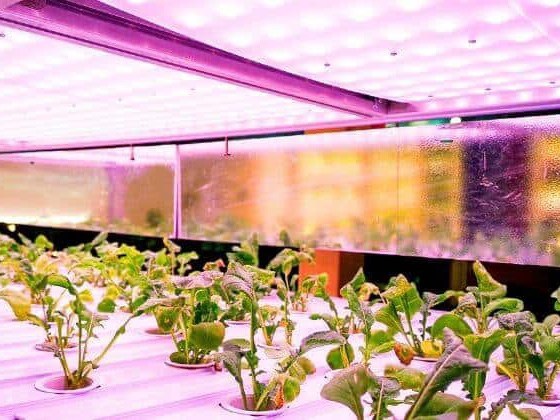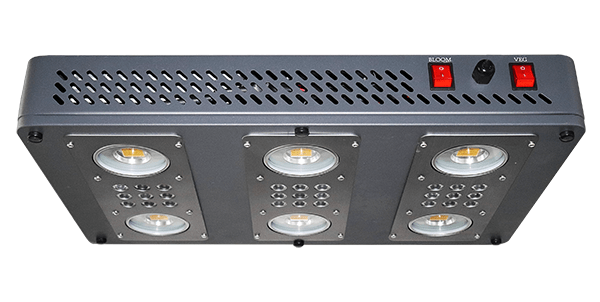
Yes, it works well for plants. LED grow light is the newest plant grow light. We all know that plants need sunlight to grow, and plant grow lights promote plant growth by simulating sunlight.

General LED plant lights are divided into two types: full spectrum LED grow lights and Red Blue LED grow lights.
Different wavelengths of light have different effects on plant photosynthesis. The wavelength of light required for plant photosynthesis is around 400-700nm. 400-500nm (blue) light and 610-720nm (red) contribute greatly to photosynthesis. Blue light helps plant photosynthesis promote green leaf growth, protein synthesis, and fruit formation; red light promotes plant rhizome growth, helps flowering and prolong flowering, and increases yield.
When plant lights are used to supplement plants, the height from the leaves is generally about 0.5-1 meters, and continuous exposure to 12-16 hours a day can completely replace sunlight. Solve the lack of sunlight in the greenhouse in winter, promote the chlorophyll, anthocyanin, and carotene needed in the photosynthesis of plants, so that vegetables and fruits can be harvested 20% earlier, increase the yield of 30 to 50%, and increase the sweetness of vegetables and fruits. Reduce pests and diseases.
Compared with previous high-pressure sodium lamps and metal halogen lamps, LED grow lights are more powerful and efficient. They save electricity and produce less heat. Less heat allows the plant lamp to be closer to the plant without worrying that the plant will be burnt.
This high-efficiency light source system is widely used in agricultural production, such as greenhouses and greenhouses. LED plant lights bring plants from the outdoor to the indoor. Various growth conditions can be completely controlled manually, and the plant growth cells are completely activated. Regulate the photoperiod of plants, thereby affecting the growth of plants.
If you are looking for LED plant lights for your indoor plants or plan to do indoor farming business, please visit our VANQ LED grow lights store.























